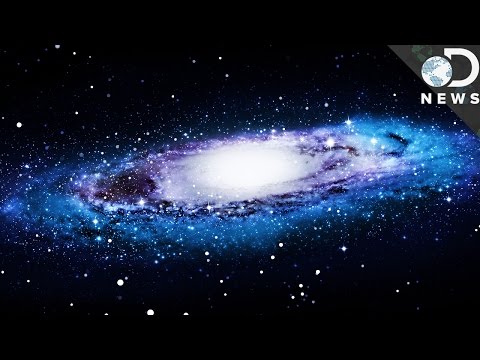Unveiling the Mysteries of Nebulae: A Closer Look at These Cosmic Phenomena
Nebulae are among the most captivating and mysterious objects in the cosmos. These vast clouds of gas and dust, illuminated by the light of nearby stars, come in a variety of shapes, sizes, and colors, each with its own unique story to tell. From the iconic pillars of the Eagle Nebula to the swirling colors of the Orion Nebula, these cosmic phenomena have captured the imagination of astronomers and stargazers alike for centuries.
One of the most intriguing aspects of nebulae is their sheer beauty. Their swirling patterns and vibrant colors make them some of the most visually stunning objects in the night sky. But beyond their aesthetic appeal, nebulae also play a crucial role in the life cycle of stars. These cosmic clouds are often the birthplaces of new stars, as the gas and dust within them coalesce under the force of gravity to form protostars.
As these protostars continue to accrete material from their surrounding nebulae, they eventually ignite and begin to shine with their own light. The radiation emitted by these young stars illuminates the surrounding gas and dust, creating the stunning displays of color and light that we see in nebulae. Over time, the intense radiation and stellar winds from these young stars can also sculpt the surrounding nebula, creating intricate structures such as jets, filaments, and bubbles.
But nebulae are not just the birthplaces of stars – they also play a crucial role in the death of stars. When massive stars reach the end of their lives, they can undergo a violent explosion known as a supernova. The shockwave from this explosion can trigger the formation of a new nebula, as the outer layers of the dying star are blown away into space. These supernova remnants can be some of the most dynamic and colorful nebulae in the sky, as the expanding shockwave interacts with the surrounding gas and dust.
In addition to their role in the life cycle of stars, nebulae also provide valuable insights into the physical processes that govern the cosmos. By studying the composition, temperature, and density of the gas and dust within nebulae, astronomers can learn more about the conditions in which stars are born and evolve. They can also study the magnetic fields and turbulence within nebulae, which can provide clues about the processes that drive star formation and shape the structure of galaxies.
In recent years, advances in technology have allowed astronomers to study nebulae in greater detail than ever before. Telescopes such as the Hubble Space Telescope and the Atacama Large Millimeter/submillimeter Array (ALMA) have provided unprecedented views of these cosmic clouds, revealing intricate details and structures that were previously invisible. These observations have deepened our understanding of the physical processes at work within nebulae, shedding new light on the mysteries of the cosmos.
As we continue to unravel the secrets of nebulae, we are also gaining a deeper appreciation for the beauty and complexity of the universe. These cosmic clouds, with their swirling patterns and vibrant colors, serve as a reminder of the awe-inspiring scale and diversity of the cosmos. Whether they are the birthplaces of new stars or the remnants of dying ones, nebulae continue to captivate us with their mystery and beauty, offering a window into the dynamic and ever-changing nature of the universe.













